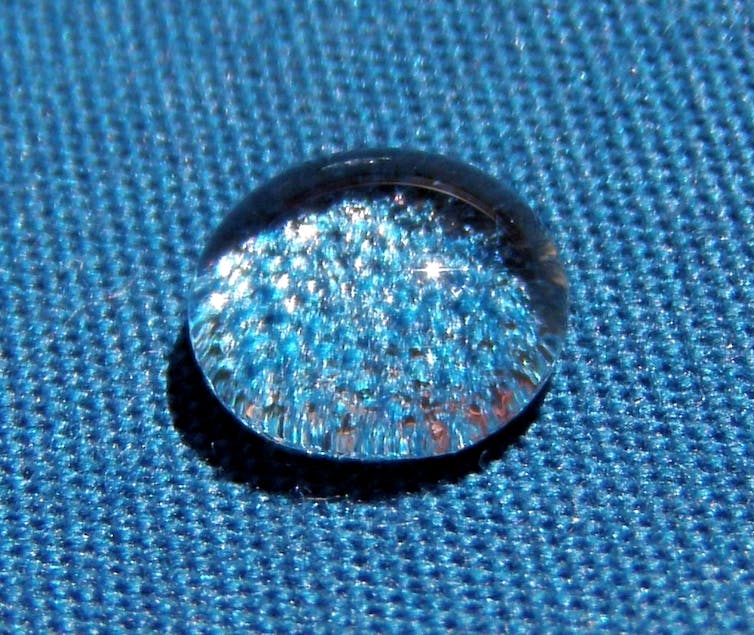Harmful chemicals known as PFAS can be found in everything from children’s clothes to soil to drinking water, and regulating these chemicals has been a goal of public and environmental health researchers for years. On March 14, 2023, the U.S. Environmental Protection Agency proposed what would be the first set of federal guidelines regulating levels of PFAS in drinking water. The guidelines will be open to public comment for 60 days before being finalized.
Joe Charbonnet is an environmental engineer at Iowa State University who develops techniques to remove contaminants like PFAS from water. He explains what the proposed guidelines would require, how water utilities could meet these requirements and how much it might cost to get these so-called forever chemicals out of U.S. drinking water.
1. What do the new guidelines say?
PFAS are associated with a variety of health issues and have been a focus of environmental and public health researchers. There are thousands of members of this class of chemicals, and this proposed regulation would set the allowable limits in drinking water for six of them.
Two of the six chemicals – PFOA and PFOS – are no longer produced in large quantities, but they remain common in the environment because they were so widely used and break down extremely slowly. The new guidelines would allow for no more than four parts per trillion of PFOA or PFOS in drinking water.
Four other PFAS – GenX, PFBS, PFNA and PFHxS – would be regulated as well, although with higher limits. These chemicals are common replacements for PFOA and PFOS and are their close chemical cousins. Because of their similarity, they cause harm to human and environmental health in much the same way as legacy PFAS.
A few states have already established their own limits on levels of PFAS in drinking water, but these new guidelines, if enacted, would be the first legally enforceable federal limits and would affect the entire U.S.

Chemicals used to create water-repellent fabrics and nonstick pans often contain PFAS and leak those chemicals into the environment.
Brocken Inaglory/Wikimedia Commons, CC BY-SA
2. How many utilities will need to make changes?
PFAS are harmful even at extremely low levels, and the proposed limits reflect that fact. The allowable concentrations would be comparable to a few grains of salt in an Olympic-size swimming pool. Hundreds of utilities all across the U.S. have levels of PFAS above the proposed limits in their water supplies and would need to make changes to meet these standards.
While many areas have been tested for PFAS in the past, many systems have not, so health officials don’t know precisely how many water systems would be affected. A recent study used existing data to estimate that about 40% of municipal drinking water supplies may exceed the proposed concentration limits.
3. What can utilities do to meet the guidelines?
There are two major technologies…



